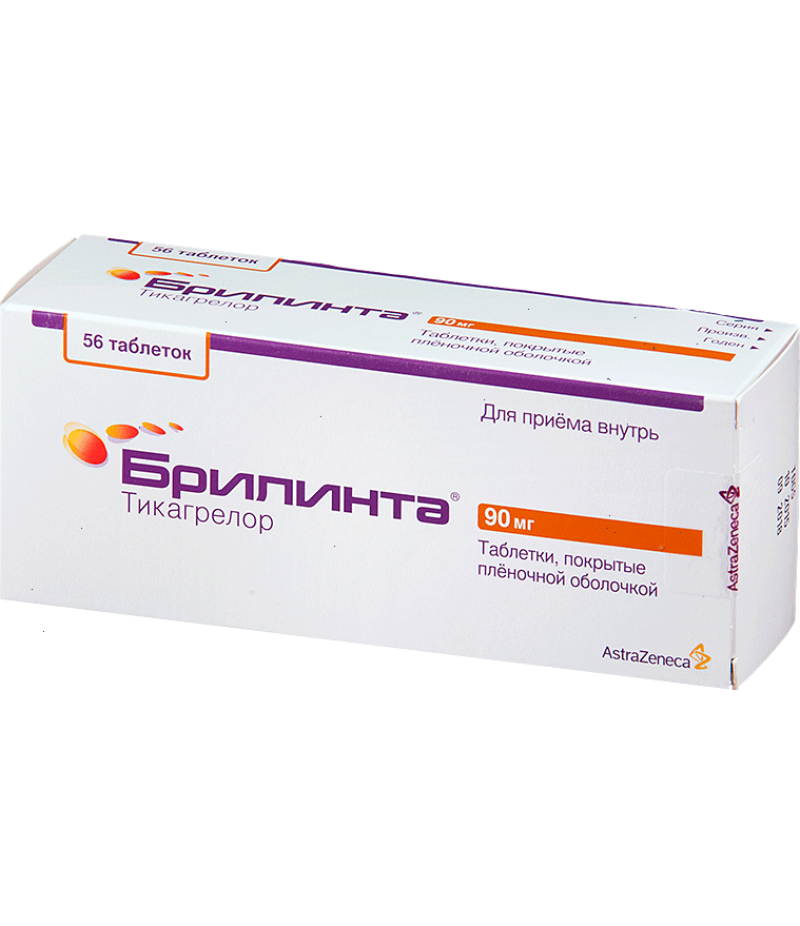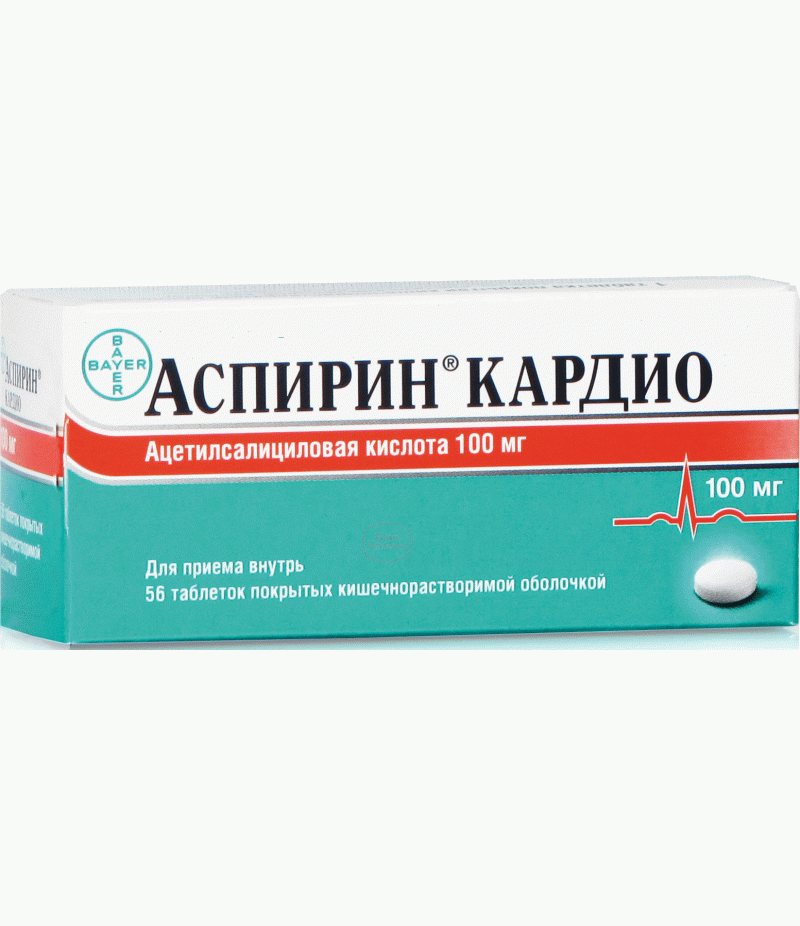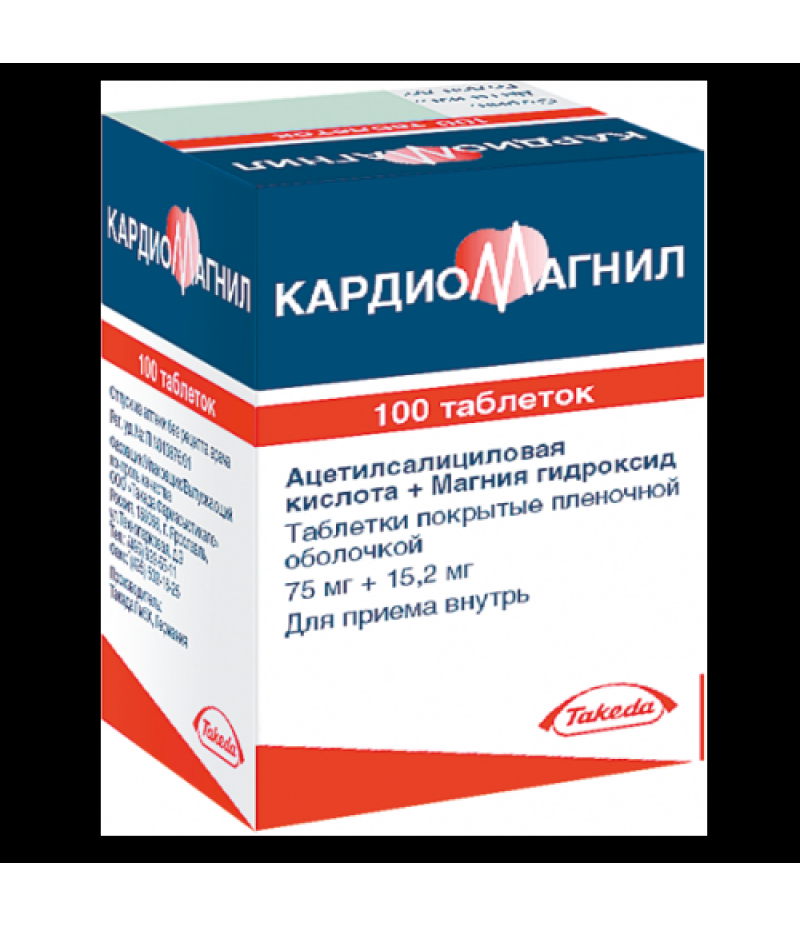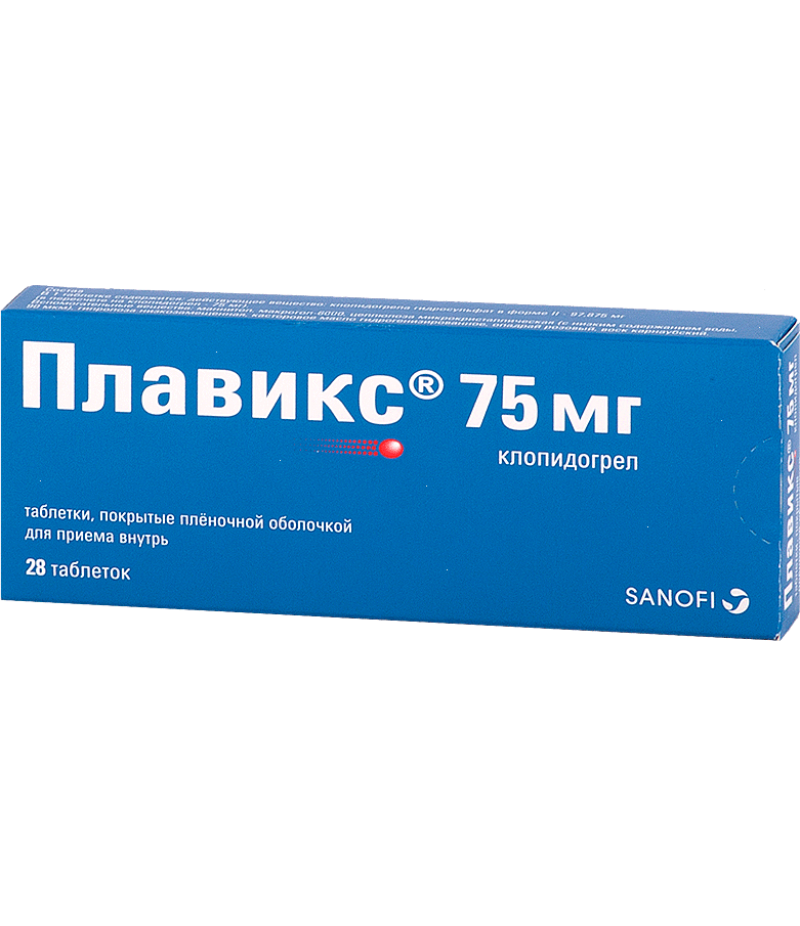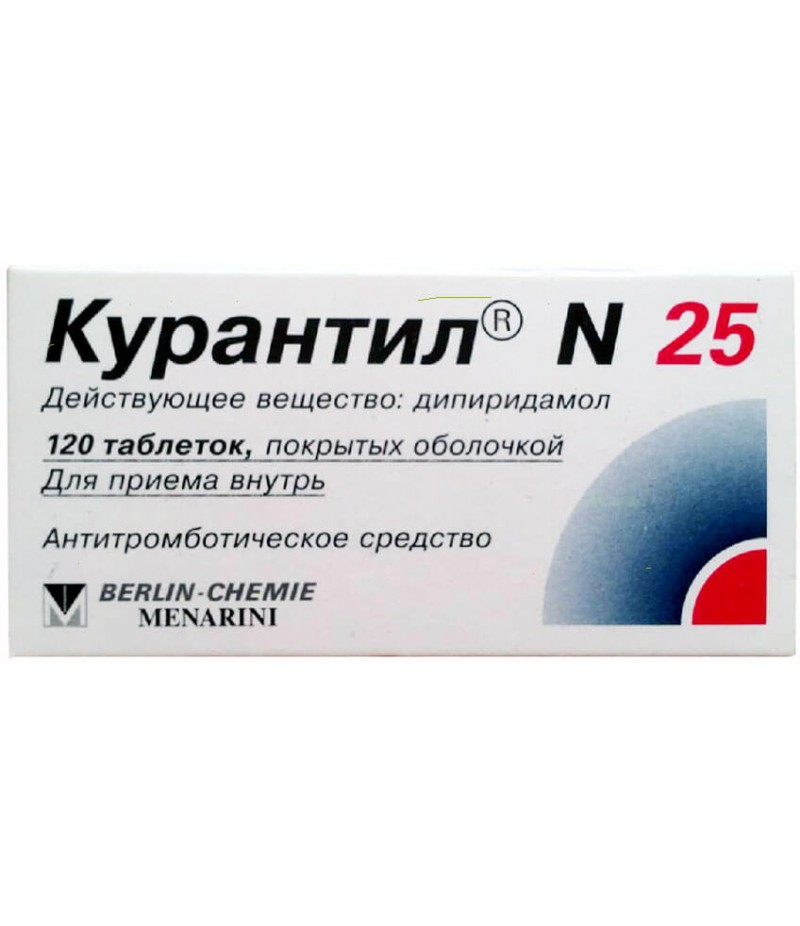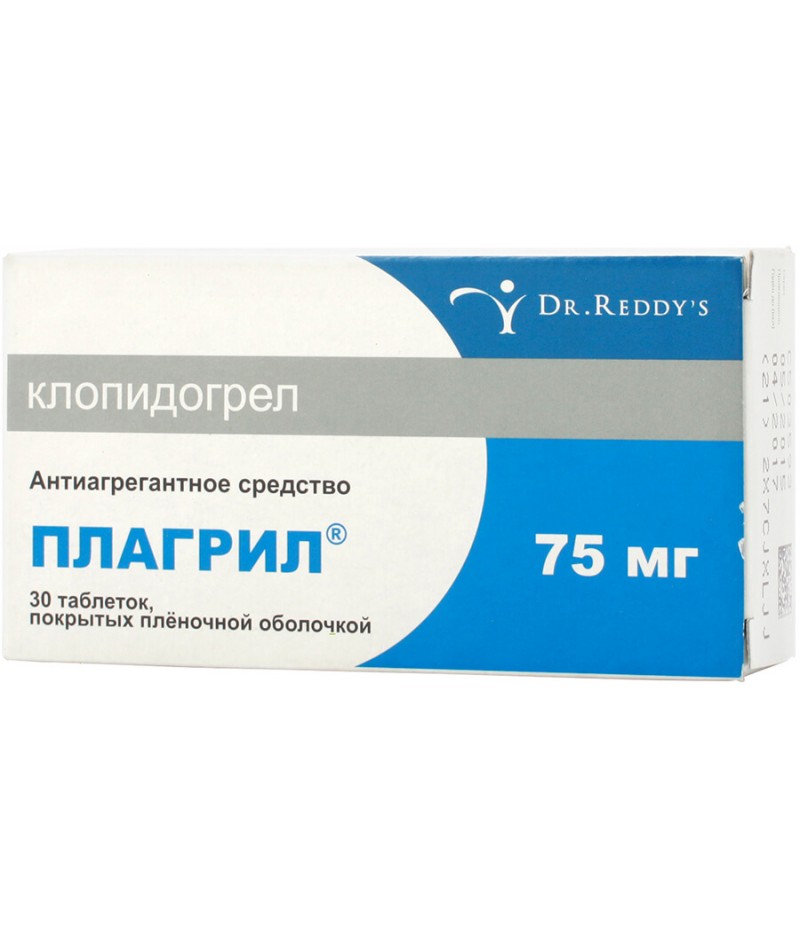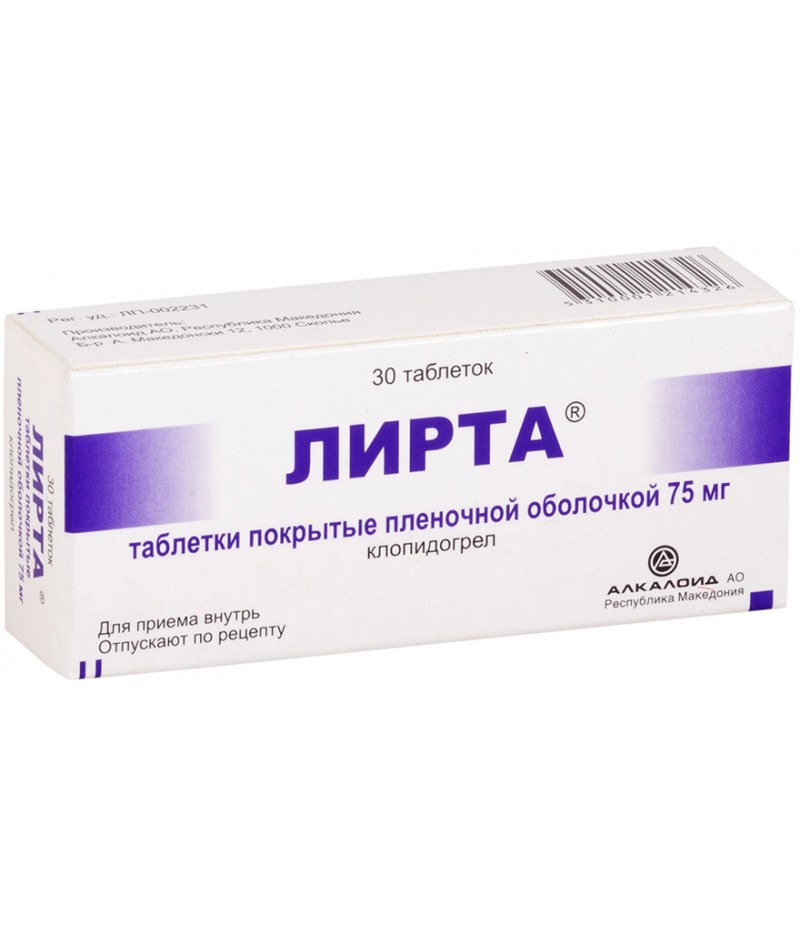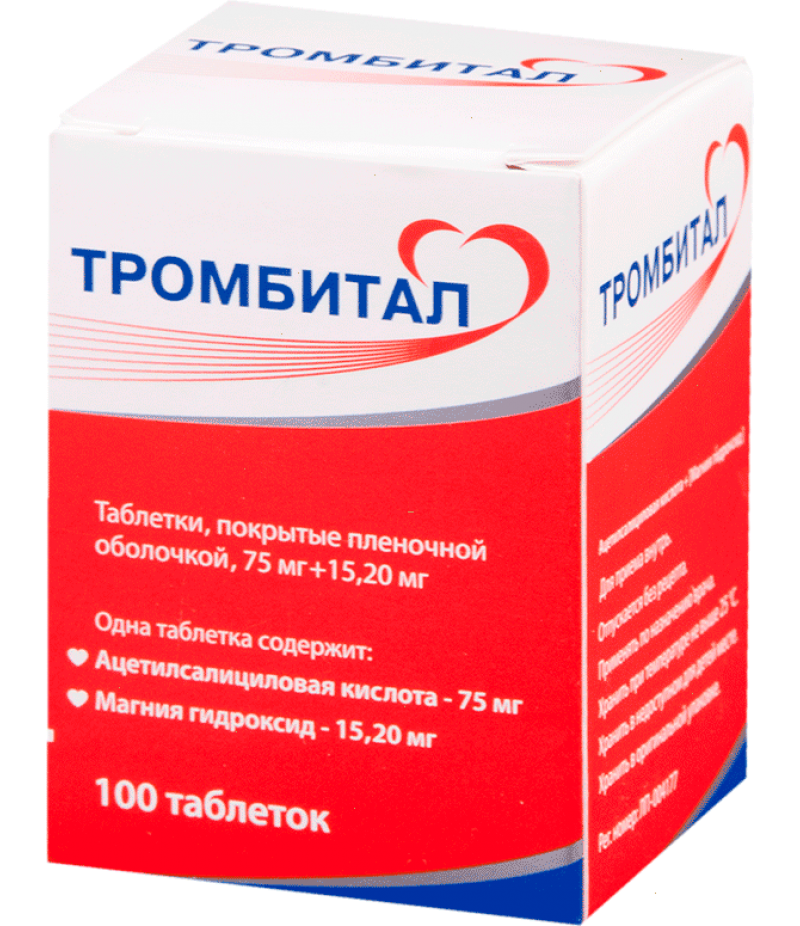Brilinta tabs 90mg #56
- $121.24
- 2 or more $120.50
- 3 or more $119.90
- Availability:In Stock
Instruction for Brilinta tabletsReed more and buy Brilinta on this pageCompositionOne Brilinta tablet contains 90 mg of the active ingredient ticagrelor + mannitol, sodium carboxymethyl starch, magnesium stearate, titanium dioxide..
Tags: tabs
Instruction for Brilinta tablets
Reed more and buy Brilinta on this page
Composition
One Brilinta tablet contains 90 mg of the active ingredient ticagrelor + mannitol, sodium carboxymethyl starch, magnesium stearate, titanium dioxide, macrogol 400, calcium hydrogen phosphate, giprolose, hypromellose, talc, yellow ferric oxide dye.
Form of issue
The medicine is released in the form of round yellow biconvex tablets. On one side there is an engraving "90 / T". Tablets are sold in blisters for 14 pieces, in cardboard packs of 4 blisters.
pharmachologic effect
Antiaggregate.
Pharmacodynamics and pharmacokinetics
Ticagrelor refers to the chemical class of cyclopentyl triazolo pyrimidines, is a selective antagonist of P2Y12-receptors ADP. The substance prevents ADP-activated platelet aggregation. The drug interacts with the adenosine triphosphate receptor of platelets P2Y12 and blocks the signal transmission.
In patients with stable coronary heart disease, amidst the treatment with the drug, improvements in the patient's condition occur quickly. PAH is reduced by about 40% after half an hour after taking the drug at a dosage of 180 mg. After 3 hours, this indicator reaches its maximum value. The drug lasts up to 8 hours.
With the cancellation of ticagrelor on the eve of surgery (less than 96 hours), the risk of bleeding is higher than with Clopidogrel.
During clinical trials, it was proved that, in comparison with clopidogrel, the most effective therapy was ticagrelor (180 mg per day). The therapeutic effect was manifested rapidly and persisted throughout the course of the annual course of treatment. Treatment with Brilinta's drug decreased the frequency of the primary combined endpoint, compared with clopidogrel treatment. This effect was preserved both in patients with unstable angina without an increase in the ST segment, and in those with myocardial infarction with an increase in the ST segment.
The pharmacokinetics of the drug are linear. The plasma concentration of the active substance and its active metabolite is proportional to the dosage to 1260 mg.
When taken orally, ticagrelor is rapidly absorbed. The maximum concentration of the substance in the blood plasma is achieved after 1.5 hours, T max active metabolite AR-C124910XX - after 2.5 hours. Biological availability of the drug reaches 37%. Simultaneous reception of fatty foods leads to a decrease in the concentration of the active metabolite and AUC ticagrelor. However, these indicators do not have clinical significance.
Ticagrelor itself and its active metabolite almost completely bind to blood plasma proteins.
The metabolism of the active substance is carried out with the help of the enzyme CYP3A4 in liver tissues. The drug is withdrawn in unchanged form or in the form of metabolites with bile, the half-life is from 7 to 8.5 hours.
Pharmacokinetic parameters in the elderly and women are somewhat different from other groups of patients. However, dosage adjustment is not required.
In people with severe and moderate degree of liver failure, the use of the drug is contraindicated.
In patients with severe renal failure, the active metabolite and active ingredient in the blood are lower by approximately 20% than in healthy people.
Indications for use
Brilinta medication is prescribed in combination with acetylsalicylic acid as a prophylaxis of atherothrombotic events in adults with unstable angina, myocardial infarction, after aortocoronary shunting and subcutaneous coronary intervention.
Contraindications
The drug is contraindicated for admission:
when allergic to any of the components of the remedy;
if there is an intracranial hemorrhage in an anamnesis;
with active pathological bleeding;
Persons with moderate and severe hepatic insufficiency;
children, pregnant and lactating women;
while concurrently taking inhibitors of the enzyme CYP3A4 (nefazodone, atazanavir, ketoconazole, ritonavir, clarithromycin).
Side effects
For this drug the most common side effects are shortness of breath, bruises on the skin, nosebleeds.
During the study of the drug, the following adverse reactions were identified:
dyspnoea, including night, during the phys. loads and in a state of rest;
nosebleeds, bleeding in the gastrointestinal tract;
bruises, subcutaneous bleeding, subcutaneous hematomas, petechiae;
hematomas at the puncture site, injection sites, where the catheter is installed.
Rarely manifested:
hemoptysis;
headache, dizziness, intracranial hemorrhage, hemorrhagic stroke, cerebral hemorrhage;
rashes on the skin and itching;
intraocular, conjunctival bleeding;
gastritis, bleeding gums;
hematuria, blood in the urine;
nausea, diarrhea, vomiting, epigastric pain, indigestion;
vaginal bleeding, metrorrhagia.
Very rarely in some cases the following events were observed:
traumatic bleeding, hemarthrosis, increased level of creatinine in the blood;
constipation, paresthesia, vertigo;
ear bleeding;
confusion of consciousness;
hyperuricemia.
There was no clinically significant difference between the frequency and nature of the bleeding that occurred with clopidogrel or ticagrelor. However, intracranial bleeding more often occurred with ticagrelor treatment.
Dyspnea, as a rule, occurs for a short period of time, has a weak or moderate intensity and does not require the abolition of tablets.
In patients suffering from bronchial asthma, dyspnea develops more often and has a greater degree of severity. Therefore, when prescribing a medicine for patients with asthma, special care should be taken.
Approximately 8% of patients using the drug had a 50% increase in creatinine, and 30% in a quarter of patients. A strong decrease in the concentration of almost 50% occurred in people older than 75 years.
Instructions for Brilinta (method and dosage)
The medicine is taken orally, regardless of food intake.
Treatment is started with a dosage of 180 mg (2 Brilinta tablets 90 mg). Then, on the 2nd day, take one tablet 2 times a day.
Also, in addition, if there are no direct contraindications, it is recommended to prescribe acetylsalicylic acid.
Maintenance dosage Aspirin is 75 to 150 mg, depending on the doctor's recommendations.
The maximum daily dosage of Brilinta's drug is 180 mg.
The course of treatment, as a rule, is one year.
In patients with acute coronary syndrome, abrupt withdrawal of the drug may lead to an increased risk of developing myocardial infarction or cardiovascular death.
For the same reason, you should not skip another medication. If the patient forgot to take a pill, then the next one can be taken only at the appointed time.
If it is necessary to switch from analogues to Brilinta, it is recommended to consult a doctor. Patients who have been taking clopidogrel for a long time can immediately switch to Ticagrelor. The process of translation from Prasugrel to this drug has not been studied.
Overdose
During clinical trials, the drug was well tolerated, even at single dosages of 900 mg. In the case of an overdose, dyspnea, asystole of the ventricles of the heart, gastrointestinal toxicity (may increase with increasing dose) may develop.
In case of an overdose it is recommended to monitor the patient's condition, if necessary, to make an ECG.
The drug has no specific antidote. Dialysis is likely to be ineffective. Therapy is symptomatic.
Interaction
Before you buy Brilinta you should know interaction of the drug.
Ticagrelor is a substrate of the enzyme CYP3A4 and P-glycoprotein and an inhibitor of these enzymes.
The metabolism and effectiveness of the medicine are affected by:
inhibitors of CYP3A4 (ketoconazole, Nefazodone, Clarithromycin, Ritonavir, Atazanavir) reduce the content of Ticagrelor and its active metabolite in the blood;
moderate inhibitors of the enzyme CYP3A4 (Diltiazem, Amprenavir, Erythromycin, aprepitant, Fluconazole) increased the Ticagrelor concentration by 69% and reduced the concentration of the active metabolite by 40%, but were allowed to be combined with the drug;
inducers CYP3A (Rifampicin, Phenytoin, Dexamethasone, Phenobarbital, Carbamazepine) reduce the content of the drug in the blood and its effectiveness.
The medicine can be combined with Heparin, Acetylsalicylic acid, Enoxaparin, Desmopressin.
Due to the limited data on the joint use of Brilinta with Verapamil, Ciclosporin, Quinidine, and other potent inhibitors of P-glycoprotein, it is recommended that treatment with these agents be carried out with extreme caution.
This drug has an effect on drugs, the metabolism of which is influenced by the cytochrome CYP3A4 system.
Clinically significant changes when combined with oral contraceptives (levonorgestrel, ethinyl estradiol) do not occur.
When these tablets are combined with Simvastatin or Lovastatin, the plasma concentration of drugs is significantly increased, and the likelihood of unwanted side effects increases. It is highly not recommended to take drugs at a dosage of more than 40 mg, if in parallel the patient is treated with Ticagrelor.
The drug can be combined with Warfarin, Tolbutamide and other inhibitors of the CYP2C9 enzyme.
It can not be combined with substrates CYP3A4 with a low therapeutic index (cisapride, ergot alkaloids), since the drug can significantly increase their plasma concentration.
When combined P-glycoprotein dependent drugs such as Digoxin or Ciclosporin with Brilinta, appropriate monitoring of plasma concentrations of drugs is necessary.
Due to the possibility of pharmacodynamic interaction of the drug with agents that affect homeostasis, care should be taken with this combination.
Combined drug intake with selective serotonin reuptake inhibitors (citalopram, paroxetine, sertraline) can lead to the development of bleeding.
Storage conditions
At a temperature not higher than 30 degrees, away from children.
Shelf life - 3 years.
special instructions
The medicine should be carefully prescribed to people with an increased likelihood of bleeding, you need to carefully study the benefit-risk relationship.
Also at risk are:
patients recently injured, after surgery, recent bleeding from the gastrointestinal tract;
persons taking other drugs not compatible with Ticagrelor (see drug interaction);
patients with an increased risk of developing bradycardia.
During the study, it was found that patients who received acetylsalicylic acid therapy and Brilinta's medication had a slightly increased risk of developing large and small bleedings, but the likelihood of life-threatening human or lethal bleeding did not change. Do not increase the dosage of ASA to 300 mg or more.
Before conducting operations, the patient should inform the doctor that he is taking the medicine. If necessary, stop taking the pill 7 days before the planned surgery.
The mechanism of dyspnea development against the background of taking Brilinta tablets has not yet been fully understood. Dyspnea, as a rule, is mild or weak and passes during the treatment. If the situation becomes more complicated, dyspnea becomes more severe and does not go away after several weeks of treatment, then further research should be done and, possibly, replace the medicine.
Patients may have increased uric acid levels. In this regard, if a patient has a history of gouty arthritis or hyperuricemia, it is not recommended to prescribe this medication to him.
If during treatment a person has developed unwanted side reactions in the form of dizziness or confusion, then it is recommended to refrain from driving the car.
In pregnancy and lactation
The medicine can not be administered to pregnant women.
Active metabolites and the active ingredient of the drug are excreted in breast milk, so breastfeeding should be discontinued.
Reviews about Brilinta
They respond to the drug mostly well. Some consider it to be very effective, and even after suffering a myocardial infarction, after a few weeks of taking the medicine, they feel very well. Of the side effects most often complain of shortness of breath, weakness or pain in the joints. Many are not satisfied with the high cost of tablets. The doctors' reviews of the Brilinta tablets are also good. Some consider this drug more effective than its counterparts.

